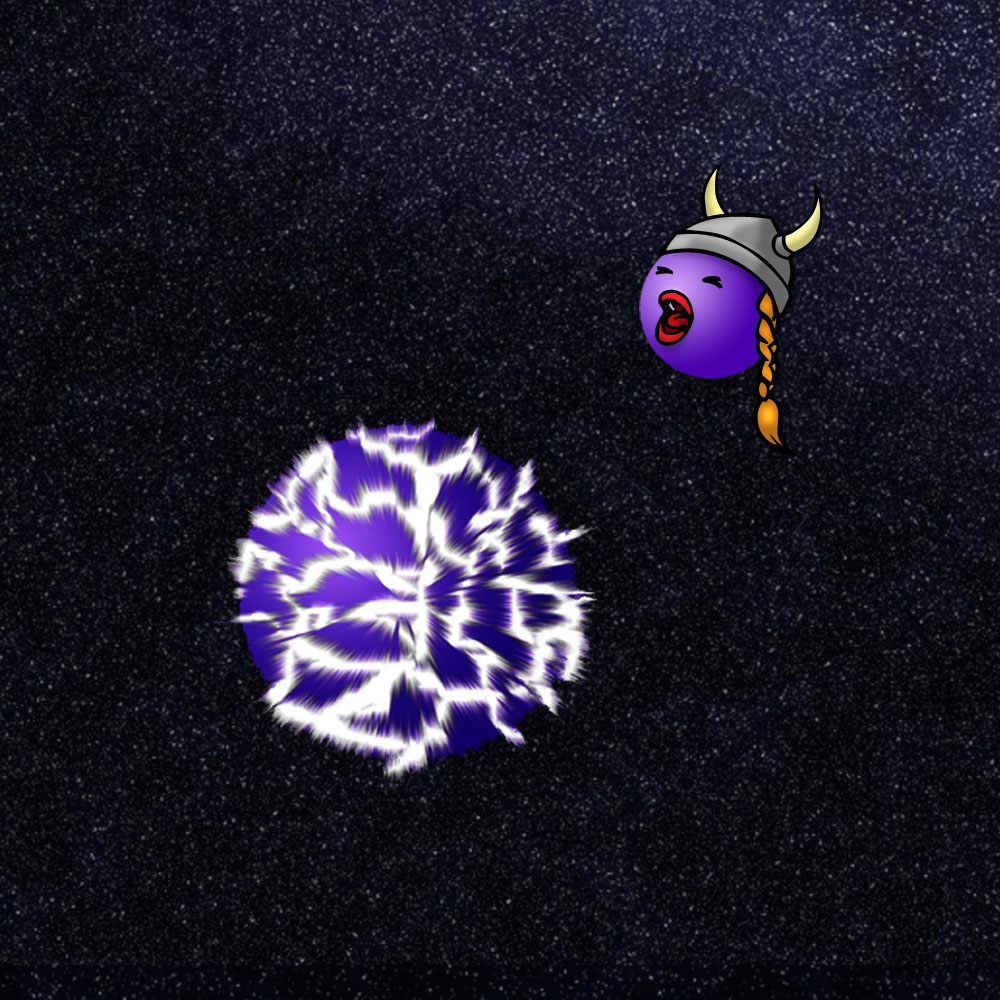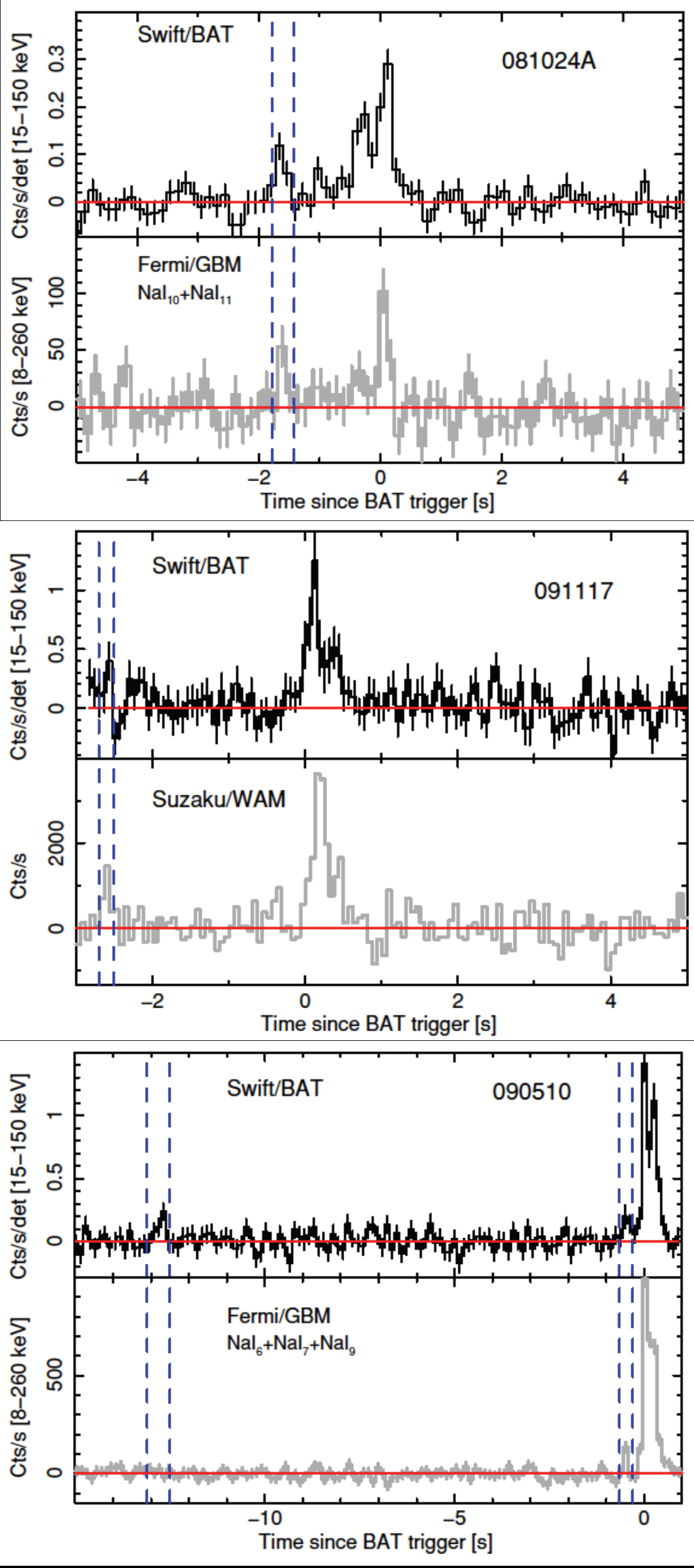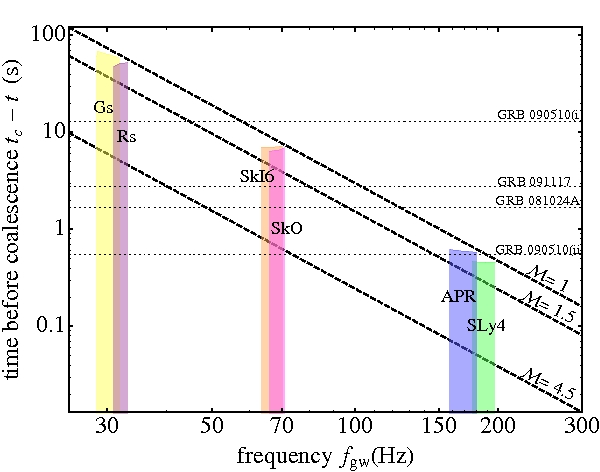
home
| CV |
| Research |
| Teaching |
| Contact |
| NASA ADS link |
| Google Scholar link |
| Photography |
| Amusements |
| Useful Links |
| The RemarXiv Research Blog |
Resonant Shattering of Neutron Stars Crusts |
Phys. Rev. Lett. 108, 011102 (2012) There is a popular image of opera singers being able to shatter wine glasses with their voice. In fact, this was one of the "Myths" that was proved true on popular Mythbusters TV show: The singer in this clip is able to break the glass because of the process of "resonance", when the frequency of the singing hits precisely the natural frequency of the glass and is able to excite large motions in the glass with just the weak perturbation due to the sound waves from his vocal chords. With collaborators Jocelyn Read (University of Mississippi), Tanja Hinderer (Caltech/U. Maryland), Tony Piro (Caltech), and Ruxandra Bondarescu (Penn State), I am currently studying how resonance can shatter not just wine glasses, but can in fact shatter entire stars! Now most stars are made of gas, and while they certainly have natural frequencies of oscillation, can't shatter. However, we're looking at Neutron Stars, dead stars that have collapsed under their own gravity, but lack the mass necessary to completely collapse completely into a black hole. These stars are compressed to enormous density and are mainly supported by neutron degeneracy pressure, in fact the entire star is compressed to greater than the density of an atomic nucleus! Neutron star material is the densest matter in the universe, a teaspoon of neutron star material weighs more than Mount Everest! The outer crust of the neutron star is thought to be solid, and if the neutron star is excited to large enough motions this crust can shatter, perhaps leading to X-ray flares that can be observed by burst detector satellites. Neutron star/neutron star or neutron star/black hole binaries are thought to be the main progenitors of short Gamma Ray Bursts, which are fast (lasting less than 2 seconds) extremely bright flashes of gamma-rays that are associated with older stellar populations in local universe. These binary compact objects spiral into each other because of the emission of "gravitational waves", ripples in space time, that carry away the angular momentum that keeps them in orbit. As they spiral into tighter and tighter orbits, their orbital frequencies sweep higher and higher. Eventually the stars merge, and in doing so produce a (probably) beamed jet of material and radiation, which is then observed by us as a (short) Gamma Ray Burst.
In 2010, a paper by Troja et al. dug through the data from the Swift satellite, and found several precursor flares that preceded the main flares for a handful of short GRBs. These precursor flares happened a few seconds (2-10s) before the main flare. What could be happening to cause these flares seconds before the merger?
We find that tidal resonant excitation may shatter the neutron star causing a bright X-ray flare. The Neutron stars affect each other tidally, much like the moon causes tides on the earth. The frequency of this tidal interaction is equal to twice the orbital frequency of the binary. As the orbital frequency increases while the neutron stars inspiral, the tidal frequency also increases. When the tidal frequency matches the resonant frequency of a particular neutron star mode, the crust -core interface mode it can vibrate the crust enough to shatter, causing starquakes, and X-ray flares.
The interface mode. The oscillations of this mode occur somewhere between 30-200Hz. During this oscillation the core of the Neutron star is elongated by the tide, while the crust shears out of its way so that there is very little net deformation of the total star.
Just as the frequency you shatter a wine glass with can tell you about the material and structural properties of the wine glass, the frequency at which this resonant shattering occurs for neutron stars can tell you about the structural and physical properties of the neutron star matter. We could measure these frequencies very accurately by combining measurements from the upcoming Advanced LIGO gravitational wave detector with the timing of the precursor flares. This measurement effectively probes the physical properties and structure of the neutron star matter near the crust/core interface. The properties of matter at such densities cannot be measured in laboratories on Earth, hence such a measurement would provide important constraints on fundamental nuclear physics. We can already put weak constraints on the nuclear physics properties of the deep neutron star crust by finding the frequencies of the interface mode for various crust compositions, characterized by the various equations of state. Using the equations of state SLy4, APR, SkI6, SkO, Rs, and Gs, we are able to plot the resonant frequencies of these modes against the time before merger that the resonance is hit, as a function of the binary parameter called the chirp mass M.
The time before coalescence is plotted as a function of gravitational wave frequency. The resonant mode frequencies are also plotted for each equation of state. For neutron star-neutron star binaries the chirp mass ranges from 1-1.5 Msolar, while the chirp mass for expected neutron star-black hole mergers is typically in the range 2.7-4.5 Msolar. The timing of the existing GRB precursor samples are shown in dotted lines. We can already constrain the equations of state, based on the existing timings, however, a coincident detection, that is a simultaneous detection between the precursor flare and the gravitational wave signal would allow very precise (~2%) determination of the mode frequency, allowing us to determine the composition and nuclear physics of the deep crust. Our initial paper has been published in Physical Review Letters, and was selected as an Editor's Suggestion. It is available here or for free at arXiv:1110.0467. You can also find out more about this in a talk I gave at the recent MICRA 2011 workshop, at the Perimeter Institute. Additionally, this work was also featured in a number of popular science articles at APS Physics, New Scientist, and Ars Technica.
|





